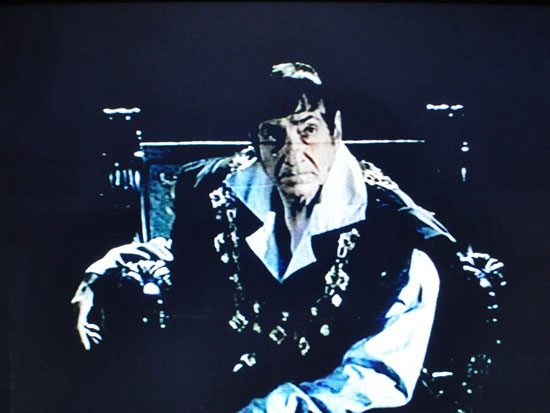Notes
1
We are referring to Julio García Espinosa’s Son o no son (1978). The fragments of Hamlet’s monologue come from the first few minutes of the film.
2
Julio García Espinosa, “For an imperfect cinema,” Jump Cut, no. 20 (1979): 24–26 →
3
This alludes to the genre of the son, but refers more directly to the title of Nicolás Guillén’s 1947 poetry collection, El Son Entero.
4
García Espinosa, “For an imperfect cinema.” Translation slightly altered.
© 2014 e-flux and the author
